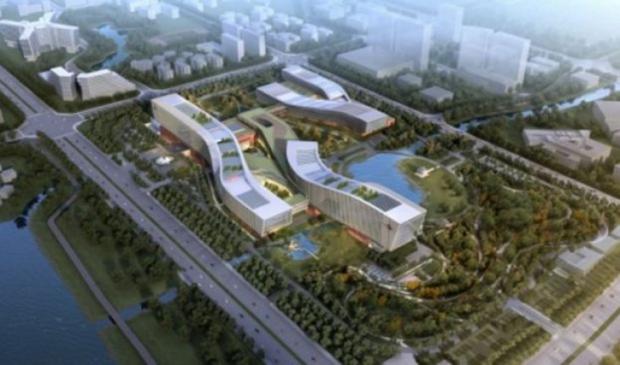
Breaking News
 NonConformist Series: Practical Wealth - Join us virtually Dec 29-30, 2025
NonConformist Series: Practical Wealth - Join us virtually Dec 29-30, 2025
 New bill would allow private citizens to fight cartels: 'WE ARE UNDER ATTACK'
New bill would allow private citizens to fight cartels: 'WE ARE UNDER ATTACK'
 Carnivore Got Me 90% There. This One Drink Changed Everything
Carnivore Got Me 90% There. This One Drink Changed Everything
Top Tech News
 Perfect Aircrete, Kitchen Ingredients.
Perfect Aircrete, Kitchen Ingredients.
 Futuristic pixel-raising display lets you feel what's onscreen
Futuristic pixel-raising display lets you feel what's onscreen
 Cutting-Edge Facility Generates Pure Water and Hydrogen Fuel from Seawater for Mere Pennies
Cutting-Edge Facility Generates Pure Water and Hydrogen Fuel from Seawater for Mere Pennies
 This tiny dev board is packed with features for ambitious makers
This tiny dev board is packed with features for ambitious makers
 Scientists Discover Gel to Regrow Tooth Enamel
Scientists Discover Gel to Regrow Tooth Enamel
 Vitamin C and Dandelion Root Killing Cancer Cells -- as Former CDC Director Calls for COVID-19...
Vitamin C and Dandelion Root Killing Cancer Cells -- as Former CDC Director Calls for COVID-19...
 Galactic Brain: US firm plans space-based data centers, power grid to challenge China
Galactic Brain: US firm plans space-based data centers, power grid to challenge China
 A microbial cleanup for glyphosate just earned a patent. Here's why that matters
A microbial cleanup for glyphosate just earned a patent. Here's why that matters
 Japan Breaks Internet Speed Record with 5 Million Times Faster Data Transfer
Japan Breaks Internet Speed Record with 5 Million Times Faster Data Transfer
China will open a $10 billion quantum computer center and others also investing in quantum computing

This news comes on the heels of the world's first video call made via quantum-encrypted communications and the completion of a quantum-encrypted fiber optic trunk cable.
The National Laboratory for Quantum Information Sciences, slated to open in 2020, has two major research goals: quantum metrology and building a quantum computer. Both efforts would support military and national defense efforts, as well civilian innovators.
Pan Jianwei, a leading Chinese quantum scientist, says that the first general-purpose Chinese quantum computer could have a million times the computing power of all other computers presently in the world. In the computers we use today, information is encoded in a series of bits set as either 1 or 0. In a quantum computer, bits would theoretically be able to hold one, both, or some combination of these states. They could be used to speedily crack encrypted messages or solve complicated research problems involving anything from weather modeling to fusion research and biomedicine, because quantum bits allow certain calculations that happen one by one on a standard computer to occur simultaneously.

 Aluminum Causes Brain Damage
Aluminum Causes Brain Damage Advanced Propulsion Resources Part 1 of 2
Advanced Propulsion Resources Part 1 of 2

